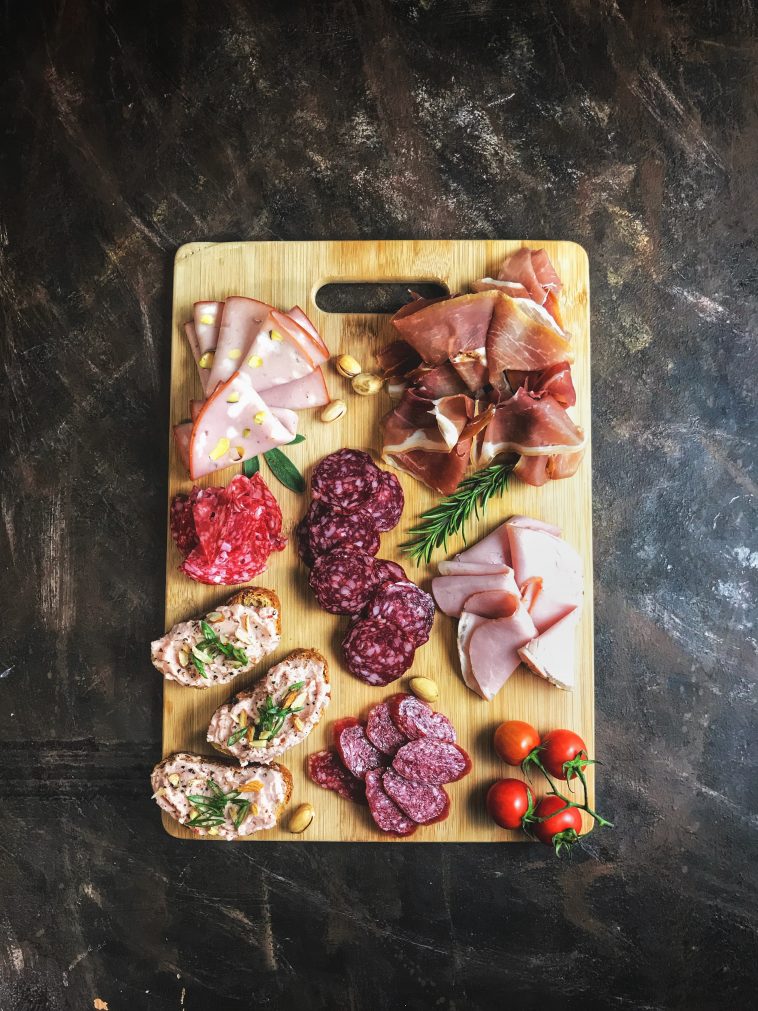A delicious meal can be the highlight of many people’s days and set the tone for the rest of the day. Some people, on the other hand, want to go above and beyond to have the ultimate culinary experience. Foodies and culinary enthusiasts are constantly on the lookout for pricey meats and are willing to spend a boatload of money to consume the world’s most exquisite meats. These meats may appear to be an expensive satiation to the average person, but to foodies, they represent the pinnacle of culinary indulgence. From tender and juicy Wagyu beef to buttery foie gras, these meats can satisfy the palate like no other.
This blog will discuss five of the world’s most expensive meats, as well as their distinguishing characteristics, qualities, and flavors. We will also dive into their origins and understand why these meats are so highly priced. Whether you’re a seasoned foodie or just curious, read on to find out about the world’s most expensive meats and what makes them so special. We guarantee you’ll want to try one of these meats by the end of this blog.
Wagyu Beef
Wagyu beef is without a doubt one of the most valuable meats in the world. The beef is notable for its exceptional marbling and flavor. Wagyu beef is distinguished from other meats by its genetics and carefully monitored rearing practices. The meat of Wagyu cattle is high in monounsaturated fats due to their unique genetics, giving it a “melt-in-your-mouth” texture. Wagyu cattle are native to Japan and are raised in traditional ways that have been passed down from generation to generation.
Wagyu cattle are raised under strict supervision. They are fed a carefully controlled diet of rice straw and other fibrous plant materials. This helps the cow gain muscle mass, reduces stress, and ensures that intramuscular fat is evenly distributed throughout the meat. Some farmers have even been known to massage their cattle to improve the quality of their meat. This gives the meat a tender texture and an irresistible buttery flavor. Wagyu beef can cost between $100 and $300 per pound.
Wagyu beef is also graded based on several factors such as marbling, meat color, texture, and fat quality. In Japan, the highest grade of Wagyu beef is “A5”, which represents the highest possible rating and thus the most expensive. Other Wagyu beef grades include “BMS 8-9,” “BMS 5-6,” and “BMS 3-4”, which are less expensive and have less marbling. However, regardless of the grade, Wagyu beef will not disappoint.

Iberico Ham
Iberico ham, also known as jamón ibérico, is highly curated and derived from the Iberian pig, which is native to Spain and Portugal’s Iberian Peninsula. The meat is made from the hind legs of black Iberian pigs known for their diets and genetics. These pigs roam freely in oak forests, feeding on acorns, grasses, and herbs, which imparts a distinct flavor and texture to their meat.
Iberico ham is classified into three grades based on the diets of the pigs and the curing process. The highest grade is Jamón Ibérico de Bellota, which derives from pigs being fed acorns during their final months. This grade of Iberico ham is tender and has a “melt-in-your-mouth” texture. The other two grades are Jamón Ibérico de Recebo and Jamón Ibérico de Cebo, which derives from pigs being fed a mixture of acorns, grain, and other supplements.
Making Iberico ham is a time-consuming and detailed process. After slaughter, the pig’s hind legs are salted and cured before being hung in a dry and cool environment. As the fat and proteins degrade, the meat loses moisture and gains flavor. Depending on the flavor and texture of the desired product, the curing process can take anywhere from 12 to 48 months. Iberico ham can cost between $100 and $200 per pound.
Iberico ham is frequently served with wine or as part of a charcuterie board, but it can also be eaten on its own. It should be served thinly sliced at room temperature to fully appreciate its flavor and texture. The labor-intensive process that requires attention to detail, as well as its limited availability and high demand in the food market, account for the high price of Iberico ham.

Foie Gras
Foie gras is a French delicacy; the word “foie gras” literally means “fat liver.” The process of making foie gras involves force-feeding a high nutritional diet to the duck or goose, causing their livers to swell to several times their normal size, resulting in a buttery flavor and tender texture. It is frequently served as a pâté or terrine, or as a seared steak. It’s also used as a garnish for dishes like steak and burgers.
The production of foie gras, on the other hand, is controversial because many animal rights activists believe that force-feeding birds is cruel and inhumane. Countries such as the United Kingdom, Germany, and Italy have prohibited the production of foie gras; however, it is still legal and very popular in many countries, particularly in Europe. Foie Gras can cost between $50 and $200 per pound.
The duck and goose are commonly housed in small, confined spaces that limit their movement. They are force-fed a mixture of corn and fat over time using a pump that is inserted directly into the birds’ stomachs. The birds’ livers expand after several months of force-feeding, at which point they are slaughtered so that their livers can be processed into foie gras.

Bluefin Tuna
Bluefin tuna is one of the most expensive fish in the world, and it is famous for its buttery flavor and smooth texture. Bluefin tuna is distinguished from other meats by its high fatty content. The bluefin tuna is highly nutritious, contains high levels of proteins and other essential nutrients. What makes it even more special is that it can be used in a variety of dishes. The “melt-in-your-mouth” feel along with a smooth texture is what differentiates it from other fish. Bluefin Tuna can cost between $150 and $200 per pound
Bluefin tuna can be enjoyed in many different ways. It is most commonly enjoyed in sushi rolls and can be served with sushi rolls. However, it can also be cherished as sashimi, where the fish is sliced thinly and served raw with soy sauce and wasabi. In countries like Japan, the bluefin tuna is considered a prized possession and is often sold at auction for mind-bogglingly high prices, with a single fish selling for thousands of dollars.
The high fat content of Bluefin tuna meat makes it ideal for certain types of culinary preparation, such as grilling, searing, and sushi preparation. The fat content helps the meat to stay moist and tender even when cooked at high temperatures, and it also adds a rich and savory flavor to the finished dish. However, the high fat in the bluefin tuna makes it a less healthy option compared to other types of fish. It is important to note that the bluefin tuna population has been rapidly declining due to overfishing. The high demand and limited supply help to drive up the price of this rare delicacy.

Conclusion
To summarize, the world’s most expensive meats have distinct characteristics that set them apart from the rest and represent the pinnacle of culinary excellence. Food enthusiasts who are willing to pay exorbitant prices for the dining experience seek out these meats. Their smooth texture, excellent taste, and scarcity set them apart.
However, we must consider the environmental and ethical implications in order to make informed decisions about what we consume. We can continue to enjoy the distinct and exquisite flavors of these most expensive cuts while also promoting a healthier and more sustainable food system for all. Whether we choose to indulge in these delicacies or seek out more affordable alternatives, the allure of the world’s most expensive meats cannot be denied.



GIPHY App Key not set. Please check settings